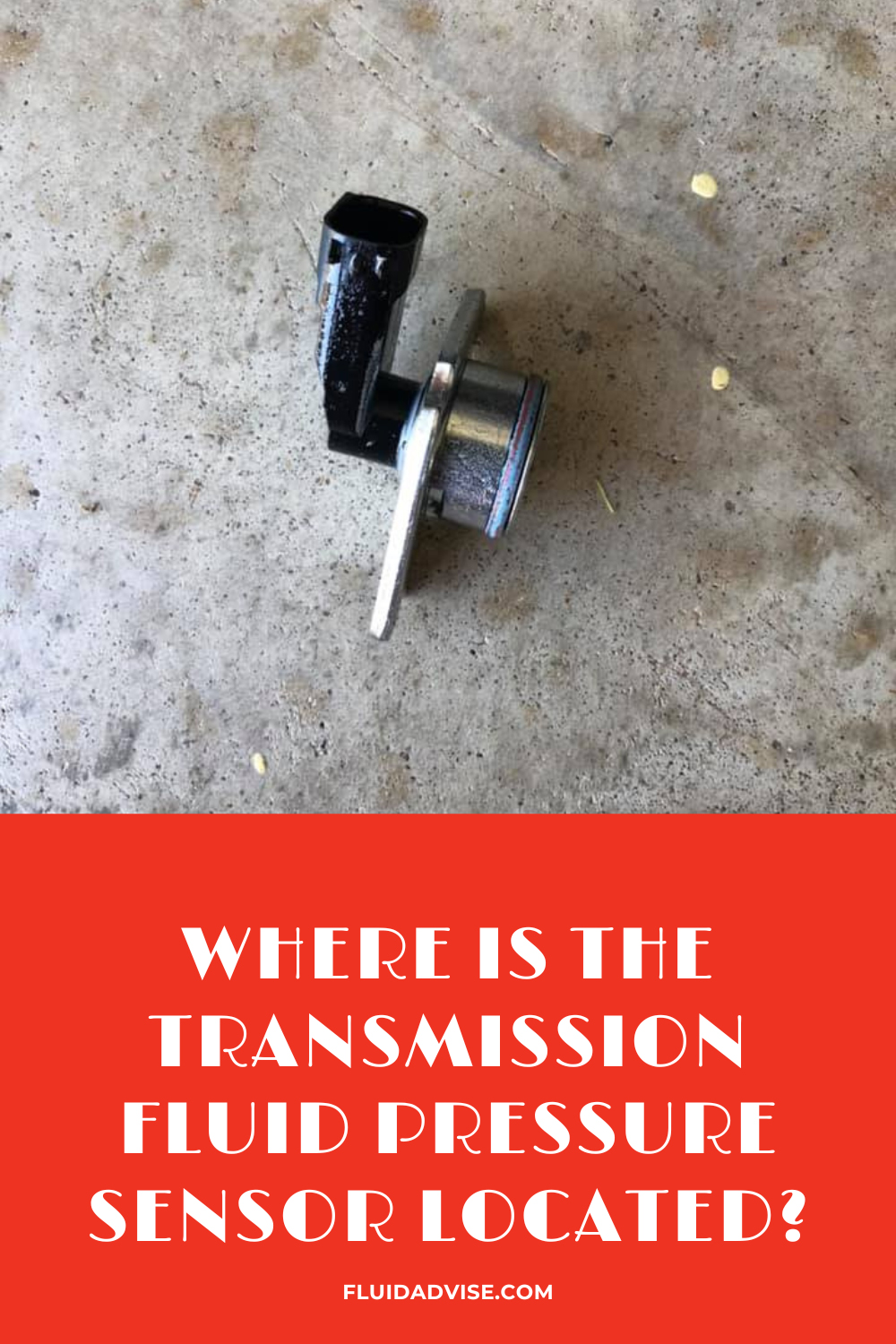Where is the Transmission Fluid Pressure Sensor Located?
Have trouble with your transmission? The first place you should look is the transmission fluid pressure sensor. This sensor is responsible for sending information to the engine control module (ECM) about the pressure of the transmission fluid. If there is a problem with this sensor, it can cause all sorts of issues with your car’s transmission.
In this post, I’ll discuss where this sensor is located and how to replace it if necessary.
What is a Transmission Fluid Pressure Sensor?
The transmission fluid pressure sensor is a small electrical device that is located in the transmission. This sensor is responsible for sending information to the engine control module (ECM) about the pressure of the transmission fluid. If there is a problem with this sensor, it can cause all sorts of issues with your car’s transmission.

Where is the Transmission Fluid Pressure Sensor Located?
The transmission fluid pressure sensor is located in the transmission. It is usually located near the hydraulic control unit (HCU). It is used to detect the pressure of the transmission fluid and send a signal to the electronic control unit (ECU). The ECU uses this signal to adjust the pressure of the transmission fluid.
When did You Will Need To Change The Transmission Fluid Pressure Sensor?
If you are having problems with your transmission, the first place you should check is the transmission fluid pressure sensor. This sensor is responsible for sending information to the engine control module (ECM) about the pressure of the transmission fluid.
If there is a problem with this sensor, it can cause all sorts of issues with your car’s transmission. If you think that the transmission fluid pressure sensor is the problem, you will need to replace it.
How to Replace/Change The Transmission Fluid Pressure Sensor?
To replace the transmission fluid pressure sensor, you will need:
- A new transmission fluid pressure sensor
- A ratchet
- A socket that fits the sensor
- An extension
- A torque wrench
1. Start by disconnecting the negative battery cable. This will prevent the engine from starting while you are working.
2. Locate the transmission fluid pressure sensor. It will be on the side of the transmission, near the bottom.
3. Use the ratchet and socket to remove the sensor. You may need to use an extension to reach it.
4. Install the new sensor in the same location. Tighten it with the ratchet and socket, then use the torque wrench to ensure it is properly tightened.
5. Reconnect the negative battery cable.
6. Start the engine and check the transmission. It should shift smoothly through all the gears. If it does not, there may be another issue with the transmission that will need to be addressed.
Tips to Keep Your Vehicle Transmission Fluid Pressure Sensor Safe
If your car has an automatic transmission, then it likely has a transmission fluid pressure sensor. This sensor is responsible for monitoring the pressure of the transmission fluid, and it is vital to the proper functioning of your transmission. Here are some tips to keep your transmission fluid pressure sensor safe:
- Check your sensor regularly.
It is essential to check your transmission fluid level regularly, and part of that should include checking the pressure sensor. Make sure that the sensor is clean and free of debris, and that the connection is tight.
- Be careful when changing your transmission fluid.
If you do need to change your transmission fluid, be very careful. The pressure sensor is delicate, and it can be easily damaged. Ensure you follow the instructions in your car’s manual carefully, and don’t force anything.
- Be cautious of aftermarket parts.
If you are considering replacing your transmission fluid pressure sensor, be cautious of aftermarket parts. Some aftermarket parts are not compatible with your car, and they can damage your sensor. Make sure that you buy a replacement sensor from a reputable dealer, and that you have it installed by a professional.
- Be aware of the signs of a failing sensor.
If your sensor is failing, you may notice some signs. For example, your transmission may start to slip or your check engine light may come on. If you notice any of these signs, take your car to a mechanic right away.
By following these tips, you can help to keep your transmission fluid pressure sensor safe and working properly.
Final Words
The transmission fluid pressure sensor is a small but important component of your car’s transmission. If there is a problem with this sensor, it can cause all sorts of problems with your car’s transmission. If you think that the transmission fluid pressure sensor is the problem, you will need to replace it.





